The 12 Social Media Myths of Christmas
We debunk the 12 social media myths of Christmas, helping you to cut through the brussel sprouts and sink your teeth into the festive meat of marketing.
On the 3rd day of Christmas social media showed me: 8 Facebook ads, 5 email discount codes, 4 influencer vlogs and a christmas competition that I just couldn’t stop myself from entering.
Gone are the days when we would spend hours flicking through the Target and Kids Stuff catalogues searching for our Christmas wish list. The days when a simple homemade card and small stocking filler would suffice.
Nowadays consumers focus on instagrammability, overspending and ‘look good’ gifts. A wine tour in the Hunter Valley? I’ll buy it. A 15 minute trip in a hot air balloon for $1000? Bargain. A Gucci handbag promoted by that well-known, global influencer? Well if she says we have to have it then we obviously must.
We’ve cracked the top 12 social myths of Christmas:
Myth 1: TV and retail windows are king for Christmas shopping inspiration.
Reality: Social media has become our shop window. The majority of people will check Instagram and Facebook accounts before committing to buying a product.
Social media can introduce a brand to new customers at Christmas. Instagram Stories are monumental for discoverability, with one in 5 stories being shared receiving a direct reply.
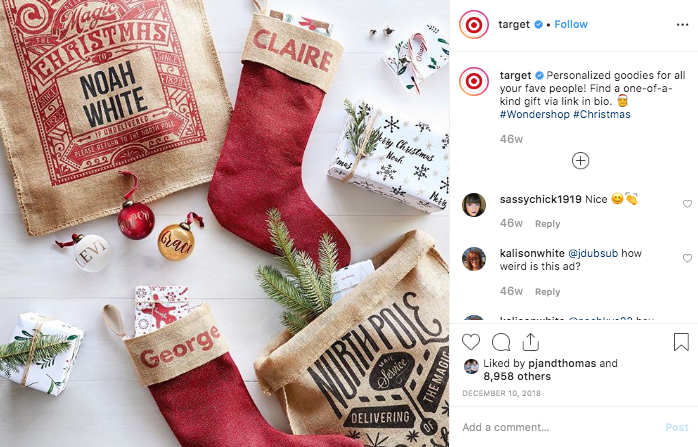
Myth 2: Consumers feel overwhelmed by Christmas content on social during the festive season.
Reality: People are looking to purchase at Christmas, so they embrace the brand inspiration and saturated social feeds.
According to technology website Mashable, more than 90 million people around the world click on shopping tags on Instagram every month.
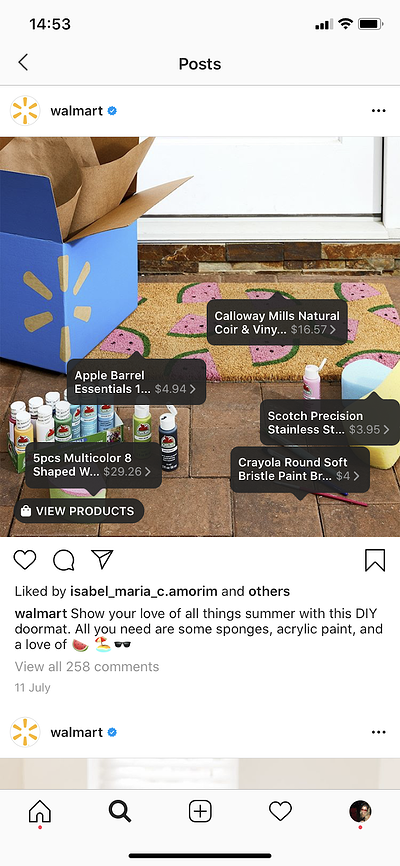
Myth 3: Social is for last-minute, impulse buys.
Reality: The majority of brands launch their Christmas campaigns before Halloween with planning starting as early as June.
Different social channels play varying roles in the purchasing funnel. Pinterest is majorly used for planning purchases at a later date, Instagram is used for discovering gift ideas, whereas Stories are successfully influencing impulse buys.
Myth 4: Men are always the ones to last minute shop.
Reality: The 21st century male is just as capable and organised as a female.
By the beginning of November, nearly half of all males have started purchasing their Christmas gifts (Social Chain).

With this in mind it is important to target both genders with social advertising.
Myth 5: Facebook is outdated and for the older generation.
Reality: While younger generations like Generation Z prefer Instagram and Snapchat, according to Statista, Facebook still remains the most predominant social channel used by 18-34 year olds.
Myth 6: Everyone buys their gifts using a smartphone.
Reality: One in four shoppers in Australia will purchase items from their mobile phones. Though 63% of Australians still prefer desktops or laptops (Paypal).
Myth 7: Social media only inspires the younger generation to purchase.
Reality: According to Facebook’s audience insights there are 6-7M active Australian users on Facebook over the age of 40.
The average Australian user in this age bracket will click on 17 ads in a 30 day period.
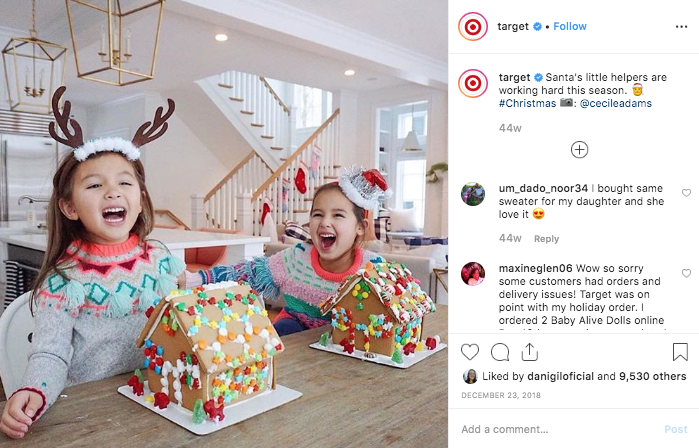
Myth 8: Social media is a free advertising tool.
Reality: Paid advertising is the way forward. It can help you reach a targeted audience and allows your ads to reach thousands of different people in a short period of time.

Social media is a huge void, the average user sees tonnes of free ads on their feed everyday. Facebook has changed their algorithms so that organic posts are served to consumers less frequently.
Myth 9: Christmas is a good excuse for a physical shopping trip.
Reality: Both Millenials and Gen Z spend the majority of their hard earned cash on products they find on Instagram and surprisingly, Snapchat.
Myth 10: You should only promote Christmas in the month of December.
Reality: Summer is a notoriously slow season in the retail world. However brands aren’t letting the summer blues affect their early Christmas campaign prepping.
Big name brands such as Amazon and Walmart jumped on the “Christmas in July” bandwagon where they lowered prices in a bid to increase sales and jumpstart the holiday peak season.
Myth 11: Shoppers wait until Boxing Day and January sales.
Reality: Brands are now adopting the Americanised Black Friday and Cyber Monday sales.
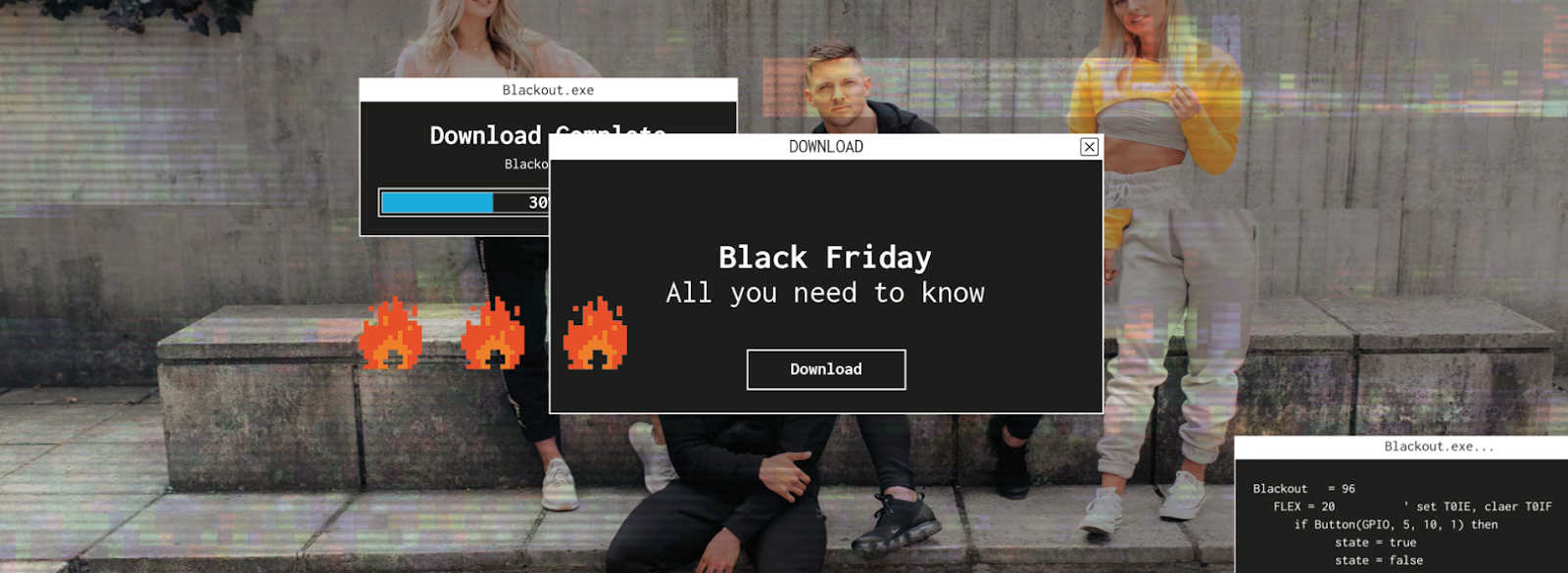
According to the Australian Bureau of Statistics, Black Friday last year recorded the highest online retail turnover to date.
Myth 12: You must be on every social media channel.
Reality: You need to be where your target audience is hanging out.
It’s important to make a decision on which platform you should be on based on your ideal customer persona and which platform they are most likely to engage with.
Instagram is traditionally used by younger generations whereas Facebook now has an ageing demographic.
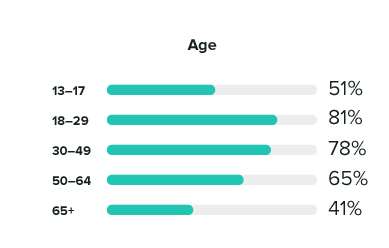
There’s no doubting the importance of social media marketing campaigns during the festive season.
In an age where social media is so easily accessible and purchasing has become as simple as a tap of a card, how will you be purchasing your Christmas gifts this year?
About the author: Ella Walker
Ella Walker is a Social Media Executive at Hello Social, with a background in Journalism. Her experience spans from copywriting to developing brand awareness for her clients. When she’s not busy managing her clients, you’ll find Ella scoffing Salt and Vinegar flavoured chips and raiding the Hello Social snack cupboard every 20 minutes.








